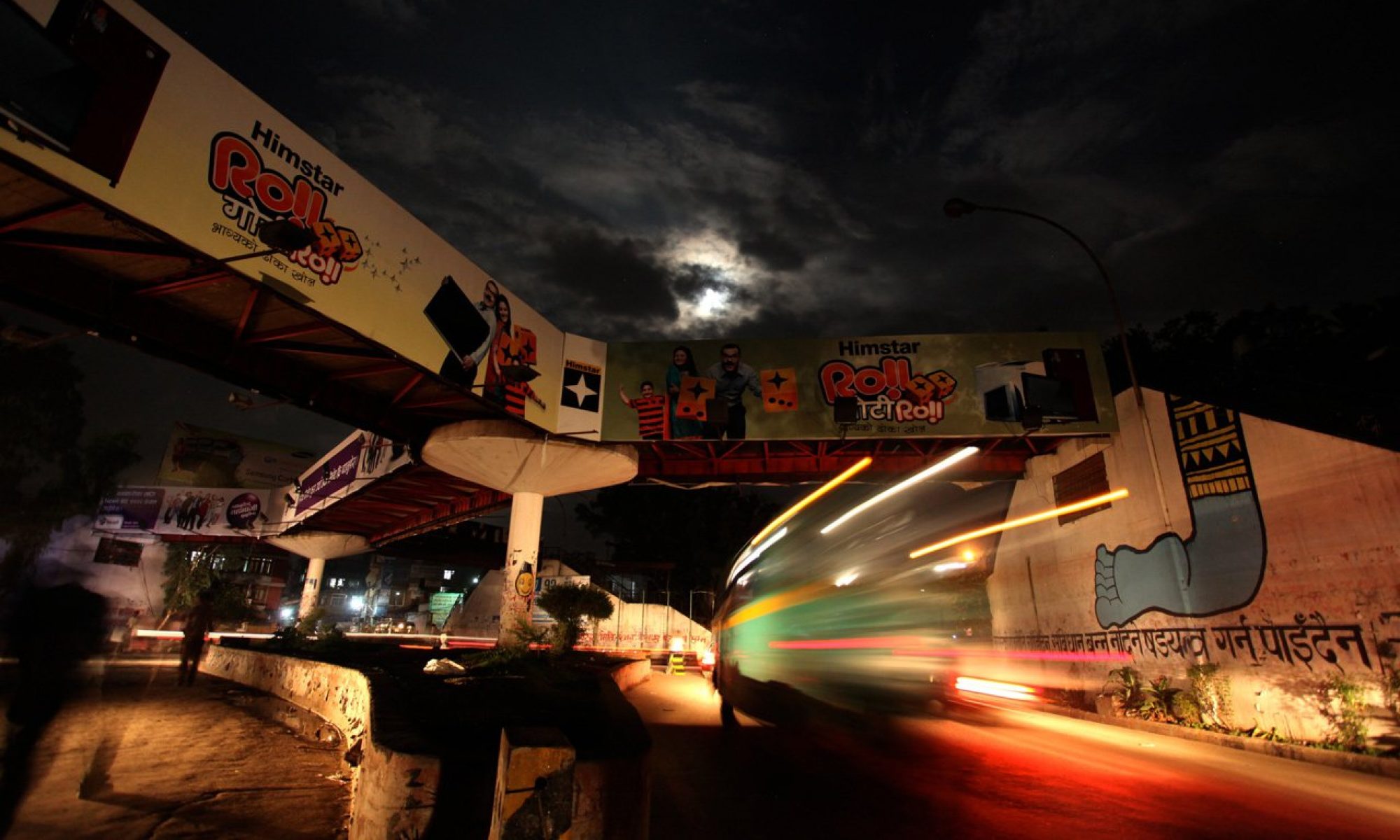When I entered a restaurant at New Road to conduct an interview with the president of Leo Club, Leo Pramod Shrestha, I was expecting him to be in formal attire and with a serious face. But he was very different. Wearing the bright yellow and dark blue T-shirt of the Leo Club and with the signature friendly Leo smile, he looked very casual, approachable and just plain nice.
Leo Pramod was the president of Leo club of Kathmandu Samakhusi for 2010/2011. Kathmandu Samakhusi is one of the Leo Clubs of District 325B. His role as the president of the club has come to an end but he has greater responsibilities now. He has been elected the coordinator of District 325B. Honestly I had no idea about District 325B. When asked he told us that, 325 is the code provided to Nepal by the international Leo Club. All the Leo Clubs of Nepal have been divided into two districts; Dis 325A and Dis 325B. There are a total of 25 clubs in 325A and a total of 52 clubs in 325B. The Leo Club of Kathmandu Samakhusi is one of those 52 clubs.
Kathmandu Samakhusi has never been a standout club. Yes, good things were achieved, but it had never won the limelight or even shared it with the other clubs before Leo Pramod Shrestha came along. Joining Leo in 2007, Leo Pramod admits ‘it’s been a pretty long journey since then till now’. One of his biggest achievements was being honoured with Membership Growth Award by the International Leo Club. Wanting to learn more about the organisation and Leo Pramod’s role in it, Verse spent an inspirational afternoon with the Leo man of the hour.
 What motivated you to join Leo all those years ago?
What motivated you to join Leo all those years ago?
I have been interested in social work since a very early age. That is what attracted me in the first place. Other than that, Leo is one of the best places to meet people from different areas of life. It is a great platform to learn about other people’s experience. Many people actually join in for the key purpose of social networking. Ever since I have joined Leo I have come across so many different people and learned so much from them.
What are the aims of the organization?
‘We serve’, it is the motto of Leo and that is what we do.
During the time you served as the president of Leo club of Kathmandu Samakhusi, what are the services you have done?
As long as I have been involved in the club, I had a wish to organise a health camp. I got my wish fulfilled during my service period as the president. We organised the free health check-up camp in Nuwakot. It focused on women’s health and eye-sight check-ups. Along with that we also organized a free health camp for the old age home. There was a cultural preservation programs at Mhyapi. Then we also organized an interactive program with children the Nawakiran Ashram at Hattiban and supplied stationeries and sports equipments for them. On 30th December 2010 we conducted a charity program for blind students of Sanjeevani School at Dhulikhel. In the program we distributed tape recorders and musical instruments for classes VIII, IX, and X for their study.
What is one thing you did during your service that you are really proud of?
There are so many, it is hard to pick one. But one thing that I am really pleased with is the health camp that we organized. It was self satisfying- a long time dream that came true. Other than that, we broke a cliché in our club too which I am really happy about. We moved from doing regular programs and initiated fundraising programs. We raised Rs. 80,000 which is a record for the club. Out of the total amount we donated equipments worth Rs. 35,000 to Sanjeevani School.
Are you satisfied with the services you have provided? Is there anything that you feel that you still missed to do?
No, not really. I did everything that I possibly could do as the president of the club. Moreover, I accomplished my life-long dream of conducting a health camp which is my biggest achievement. We did not organise more than nine programs that year but it was a successful year. Aantepachi safal bhaincha.
Any advice for the youths of Nepal?
The best thing you can do is explore yourself. So, utilise your time and get to know the creative, athletic side of yourself. Find your identity. Leo helped me find mine, may be it will help you to. Else, there are other mediums as well. You can join a club or get into sports. The alternatives are plenty.
Leo is more than just a club. It is an opportunity for self-development. The word ‘Leo’ itself stands for Leadership, Experience and Opportunity. Becoming a Leo is just a step away. All you have to do is find the nearest Leo Club and ask. For more information you can visit the Leo office located at Mustang Holiday Inn, Thamel, Kathmandu. Or search online at www.leoclubnepal.org.np


